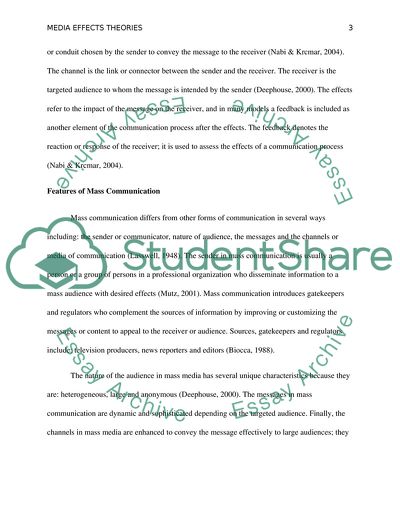Cite this document
(Media Effects Theories Term Paper Example | Topics and Well Written Essays - 5000 words, n.d.)
Media Effects Theories Term Paper Example | Topics and Well Written Essays - 5000 words. https://studentshare.org/journalism-communication/1833684-communication-theory-question
Media Effects Theories Term Paper Example | Topics and Well Written Essays - 5000 words. https://studentshare.org/journalism-communication/1833684-communication-theory-question
(Media Effects Theories Term Paper Example | Topics and Well Written Essays - 5000 Words)
Media Effects Theories Term Paper Example | Topics and Well Written Essays - 5000 Words. https://studentshare.org/journalism-communication/1833684-communication-theory-question.
Media Effects Theories Term Paper Example | Topics and Well Written Essays - 5000 Words. https://studentshare.org/journalism-communication/1833684-communication-theory-question.
“Media Effects Theories Term Paper Example | Topics and Well Written Essays - 5000 Words”. https://studentshare.org/journalism-communication/1833684-communication-theory-question.


